
PUMPA - SMART LEARNING
எங்கள் ஆசிரியர்களுடன் 1-ஆன்-1 ஆலோசனை நேரத்தைப் பெறுங்கள். டாப்பர் ஆவதற்கு நாங்கள் பயிற்சி அளிப்போம்
Book Free DemoSo many changes happen in our day-to-day lives, changing wide range of things around.
Example:
Day turns to night, growing crops in the agricultural field, falling leaves from trees, blooming of flowers, etc.
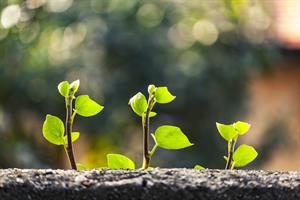
Plant growth
Some of these changes in the human body may occur in a minute or even in a year, and also they can be unnoticeable.
Example:
The growth of nails, hair, ageing, increasing height and weight, etc.
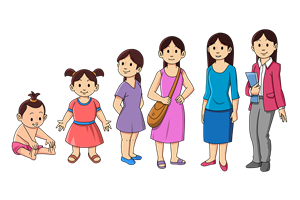
Ageing
Change is constant. A process in which a substance becomes a different one from what it was earlier. It is the difference between the initial and the final state of any substance. The difference in the size or shape of an object is termed as a 'change'.

Burning of a candle wick
Physical and chemical change
The changes around us can be classified into two main types: Reversible change and irreversible change.
Reversible change: The changes that can be reversed to form their original shape and size are reversible changes.
Example:
The stretching of a rubber band, freezing water, melting of ice, inflation of a balloon, and folding of paper, etc.
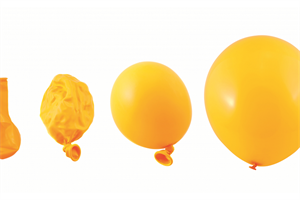
Inflated and deflated balloon
2. A toy ship is made by folding a sheet of paper. When unfolded, it comes to its original shape as before.
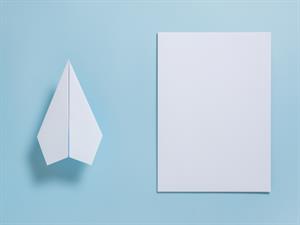
Paper plane
3. The dough is made into a ball and rolled it out into a roti. If its shape is not good, it can be changed back into a ball of dough.
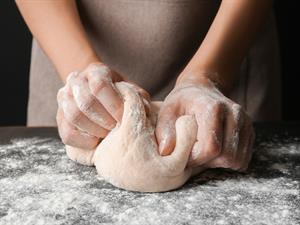
Dough
In all the above examples, the substances are reversed back into their original form.
Physical change: In the physical transformation, only the physical properties such as colour, structure, size are changed. No new substances are formed, and they are reversible in nature.
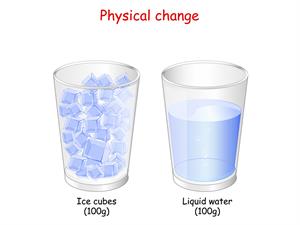
Melting of ice cubes
Example:
The glass is filled with 100g of ice cubes. When ice is melted, it gives 100g of water. Here, physical change takes place with a change in state. We call it as a physical change because we can again bring water to the ice form by freezing it.